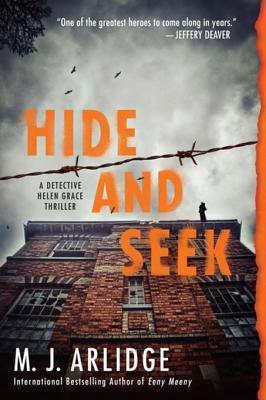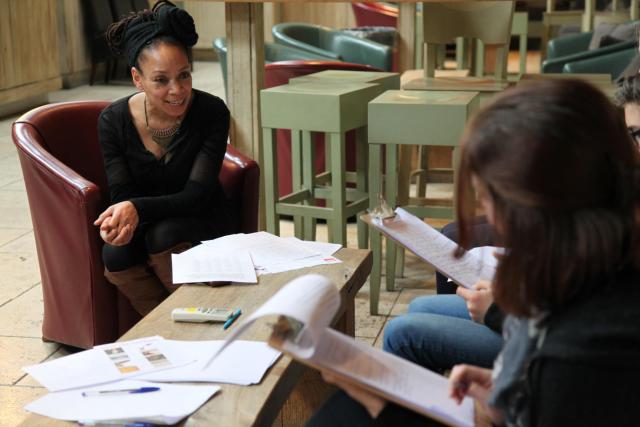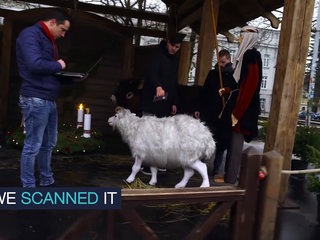by Erin Dionne
MY FIRST BLOG POST (you can find it here) detailed the three major elements I feel are crucial for approaching a successful revision. The first one I want to discuss in more depth is objectivity.
Being able to see our work with fresh eyes is a necessary part of the writing process. In a perfect world, we’d take time away from every draft and let it simmer until reading it felt like reading the work of someone else. But what if you’re on a deadline, or planning to submit to a contest, or there’s some other reason why you need to rush through that revision process? Here are a few ways to artificially cultivate the objectivity that occurs when we leave our manuscript alone:
Get noisy. Read your manuscript aloud. Reading aloud uses different parts of your brain than just reading to yourself. It forces us to listen and pay attention to the words on the page differently. You will hear if something doesn’t sound right in your manuscript. (Bonus points if you record yourself and play it back later.)
Get logical. Build a chart, grid, calendar, or list to help you keep track of plot elements, important character traits, or dates. This act of applying linear elements to your work will show you where you have holes and gaps.
Get different. Do you normally edit on screen? Print the manuscript out, punch holes in it, and stick it in a binder. This is one of my preferred methods. Seeing the book in a different format helps me to get some distance from it. You can get a similar effect from loading it on a Kindle or other e-reader.
Get small. Lots of writers swear by a method where they highlight different aspects of their manuscripts (alternating POVs, plot threads, etc), shrink the font down until it’s tiny, and print the whole thing out. The goal is not to read the book, but to “see” where the holes are and what’s missing.
Get kooky. Draw a map. Make a storyboard. Do a seating chart. Chances are, your book needs something that’s specific to only this story. Figuring out what that is asks you to think about your story in a new way, opening yourself to angles that you may not have seen.
The goal for any and all of these exercises is to make you feel less attached to your work. You’ll be able to view your scenes dispassionately, evaluating whether or not they belong in the story and if they are moving the story forward, as opposed to remembering the blood, sweat, and tears you put into writing each specific conversation / description / narrative. The more objective you can be, the more effective you’ll be in your revision…and the more effective your revision, the better the book.
What other tools and tricks do you use to cultivate objectivity when working on a revision? Let me know in the comments.
Next month we’ll tackle persistence, and how it applies to revision.
Happy revising!
 Erin Dionne’s books are “Models Don’t Eat Chocolate Cookies,” “The Total Tragedy of a Girl Named Hamlet,” and “Notes from an Accidental Band Geek.” Her novel “Moxie and the Art of Rule Breaking: A 14 Day Mystery” is based on the real-life Isabella Stewart Gardner Museum art heist and was a 2014 Edgar Award finalist. The series continues with “Ollie and the Science of Treasure Hunting.” Her first picture book, “Captain’s Log: Snowbound,” will be released in 2018. She teaches at Montserrat College of Art and lives outside of Boston with her husband, two children, and a very indignant dog.
Erin Dionne’s books are “Models Don’t Eat Chocolate Cookies,” “The Total Tragedy of a Girl Named Hamlet,” and “Notes from an Accidental Band Geek.” Her novel “Moxie and the Art of Rule Breaking: A 14 Day Mystery” is based on the real-life Isabella Stewart Gardner Museum art heist and was a 2014 Edgar Award finalist. The series continues with “Ollie and the Science of Treasure Hunting.” Her first picture book, “Captain’s Log: Snowbound,” will be released in 2018. She teaches at Montserrat College of Art and lives outside of Boston with her husband, two children, and a very indignant dog.





